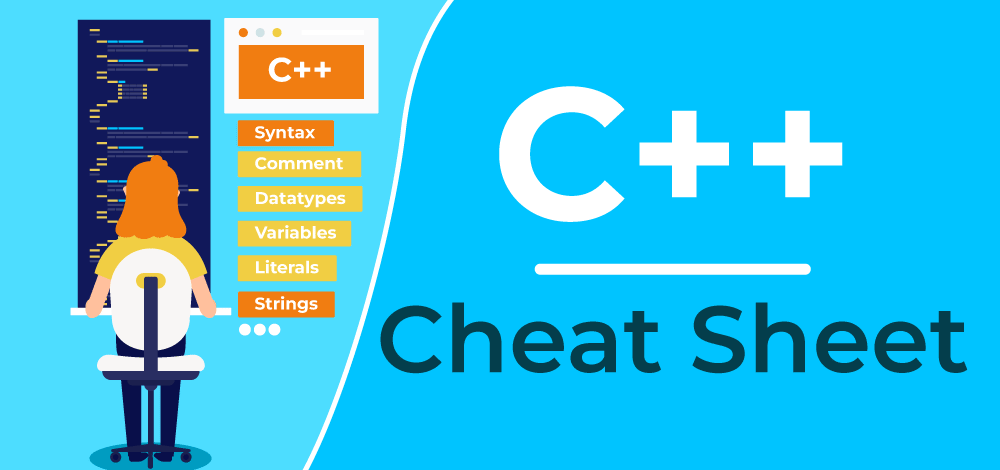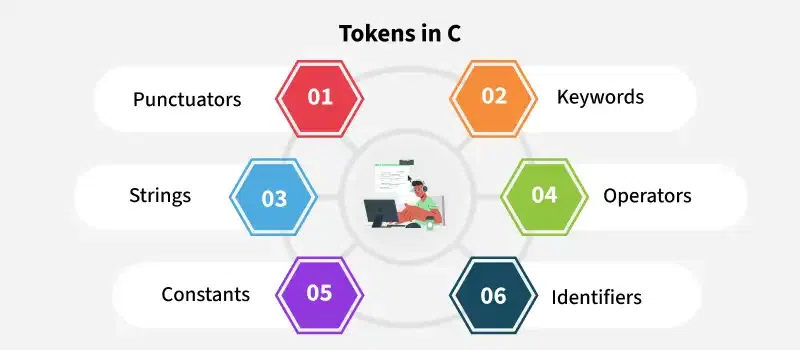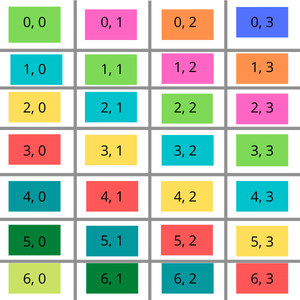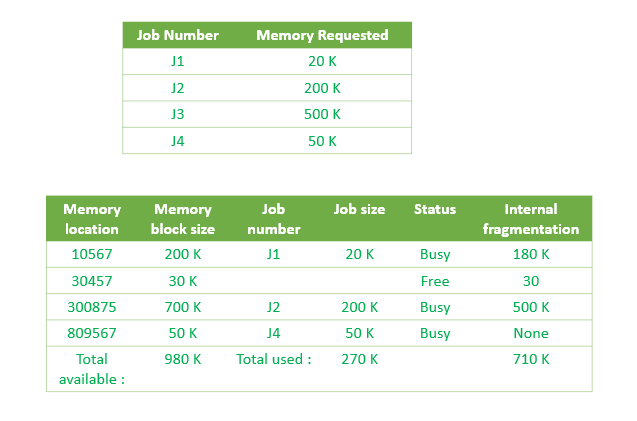
Python Not Operator: The Ultimate Guide to Negating Boolean Logic (with Examples)
Do you want to master the not operator in Python to write more efficient conditional statements and manipulate boolean values? This comprehensive guide provides practical examples to simplify complex logic, making your code cleaner and easier to understand. Learn how to effectively use the not operator to invert conditions, check for emptiness, and more.
What is the Python not Operator?
The not operator in Python is a logical operator that returns the opposite boolean value of its operand. It's like a simple "on/off" switch for boolean logic. This unary operator takes a single input and flips True to False and vice versa. Think of it as the "opposite day" of boolean values!
- The
notkeyword is a unary operator, meaning it works on only one operand. - It is primarily used to reverse the boolean value of an expression or variable.
- Understanding
notis crucial for controlling program flow and validating conditions.
How to Use the not Operator?
Using the not operator is straightforward. Simply place the keyword not before the expression you want to negate.
Here, the not operator flips the value of a from True to False. Easy, right?
Practical Applications of the not Operator
The not operator is more than just a simple flipping tool. Here's where it shines:
- Boolean Value Manipulation: Primarily used to change
TruetoFalseand vice versa. - Conditional Statements: Used to negate conditions in
ifstatements for complex logic. - Data Validation: Checking if a value is not in a collection using the
inkeyword.
Examples of not Operator in Action
Let's dive into specific examples to see how the not operator works in different scenarios.
Negating Variables
The most basic use is to negate a boolean variable:
This shows how not directly inverts the boolean value stored in a variable.
Condition Inversion
The not operator can be used to change the output of specific conditions.
In each case, the not operator flips the truthiness of the expression, providing the opposite result.
Handling Different Data Types
The not operator doesn't just work with booleans. It can also be used with other data types:
Empty strings, lists, and dictionaries are considered False, while non-empty ones are True. The not operator negates these "truthy" or "falsy" values.
Logical NOT with Lists
Here’s an example using the not operator with lists and conditional statements:
Output:
5 is not in range
10 in range
20 is not in range
59 is not multiple of 5
83 is not multiple of 5
This code snippet uses not to check whether a list is empty and whether elements meet certain criteria.
Simplify Your Code with not
The not operator is a small but powerful tool in Python. By understanding how to use it effectively, you can write cleaner, more readable code that expresses complex logic in a straightforward manner. Embrace the not operator and watch your Python skills grow!










